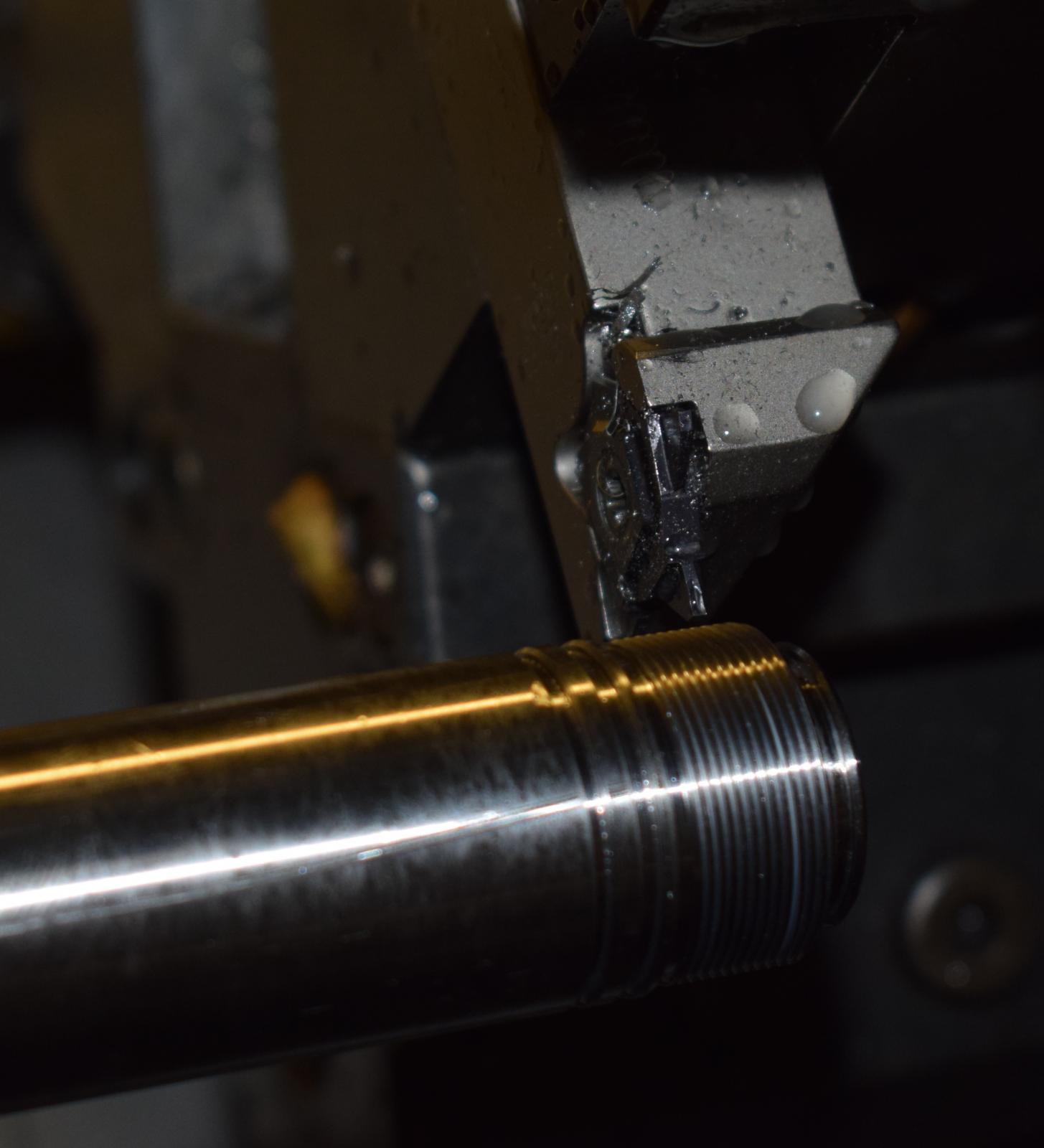
Specialist subcontract engineering company, GB Precision, has been transforming additive manufactured laser sintered parts into high precision tooling components at its Birmingham facility.
This is a development of work already being undertaken for a customer in the high-volume, high-precision packaging sector, which has been investigating the potential benefits of laser sintering as a way of reducing the number of tool components, improving cooling performance and therefore the price/performance of tooling overall.
The design improvement program is being carried out in a multi-stage approach to ensure that each set of changes is completely tested before moving on to the next. The first development has been to amalgamate three conventionally machined components into a single sintered one – this, on its own, has resulted in a 10% cost saving. It is these items that GB Precision has been transforming into finished, high-accuracy, fine-tolerance components using its advanced machining equipment and skills.
When they arrive, the sintered parts are very rough and granular, so that one of the very first challenges is to decide where the machining datum should be. Also, where conventionally the components would have been machined out of solid bar, the work holding would have been straightforward. With the sintered parts that is not possible, so both machining processes and work holding need to be changed.
In addition, the material itself poses significant machining challenges. GB Precision has had to experiment with speeds and feeds, depths of cut and differing finishing tools and grinding wheels – the parameters previously used for conventionally machined parts did not apply when machining the sintered metal.
As Director, Paul Turner, explains; “This has really been a “learning by doing” experience. The first batch proved to be very much of an education: the sintered material was incompatible with the tools and roughing process that was used for the conventionally machined parts. However, we have overcome these problems and have developed a process that solves all these issues.
“There is no doubt in my mind that a combination of laser sintering, conventional machining and surface treatments will provide significant cost, time and material savings and really is the future – and we are determined to be part of that future.”